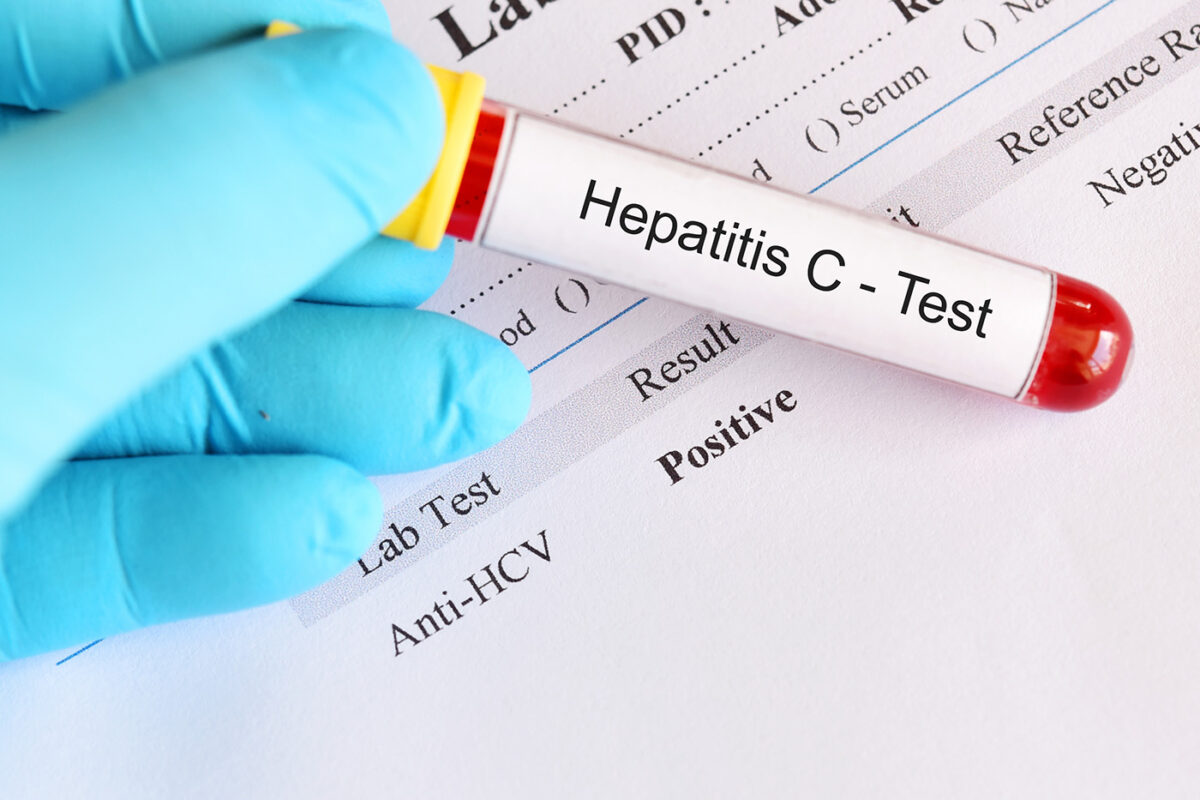Author
Anthony (Tony) Goudie, PhD
Director, Research and Evaluation
Partners
Arkansas Department of Human Services
Contact
ACHI Communications
501-526-2244
jlyon@achi.net
The State of Arkansas, navigating the political barriers facing many states, pursued a novel approach to Medicaid expansion through the commercial sector. Through a Section 1115 demonstration waiver, the state utilized premium assistance to secure private health insurance offered on the newly formed individual health insurance marketplace (the Marketplace) for individuals between 19 and 64 years of age with incomes at or below 138 percent of the federal poverty level (FPL). In 2014, Arkansas successfully established the Health Care Independence Program (HCIP)ii, commonly referred to as the “Private Option,” as designed under the terms and conditions of the Section 1115 demonstration waiver. Through 2015, the estimated target-enrollment population of approximately 250,000 was met. Approximately 25,000 additional individuals eligible under the Patient Protection and Affordable Care Act (PPACA) and deemed to have exceptional healthcare needs were enrolled in the traditional Medicaid program. Finally, approximately 20,000 previously eligible but newly enrolled individuals have also obtained Medicaid coverage. Healthcare providers have reported significant clinical and financial effects under the HCIP. Federally qualified community health centers (FQHCs) reported increased success in attaining needed specialty referrals for their clients. The Arkansas Hospital Association (AHA) reported annualized reductions in uninsured outpatient visits, emergency room (ER) visits, and hospital admissions by 45.7 percent, 38.8 percent, and 48.7 percent, respectively. The state’s public teaching hospital reported a reduction in uninsured admissions from 16 percent to 3 percent during the same time period.v Competitiveness and consumer choice in the Marketplace has increased across the seven market regions in the state with approximately 80 percent of the covered lives in the individual marketplace purchased by Medicaid. In 2014, individuals in three out of the seven regions of the state, those marked by extreme poverty, only had access to Arkansas BlueCross BlueShield and BlueCross BlueShield Multistate plans offered. By 2016, five carriers were offering coverage across all seven market regions, with one market region having access to six carriers (the sixth restricted to a single market by Medicaid’s purchasing guidance limiting premium assistance to those plans within 10 percent of the second-lowest cost silver plan within the market region). For 2014, the estimated budget neutrality cap (BNC) was exceeded during the initial enrollment phase of the program. The enrollment of younger individuals over time (affecting net premiums), the rebate of medical-loss ratio (MLR) payments by one carrier not meeting the MLR requirements in 2014, and inflationary expectations brought cumulative program costs within the estimated BNC 2015 limit of $500.08 per-member per-month (PMPM) and well under the 2016 limit of $526.58 PMPM. Importantly, this evaluation examines BNC estimates compared to observed expenditures.







